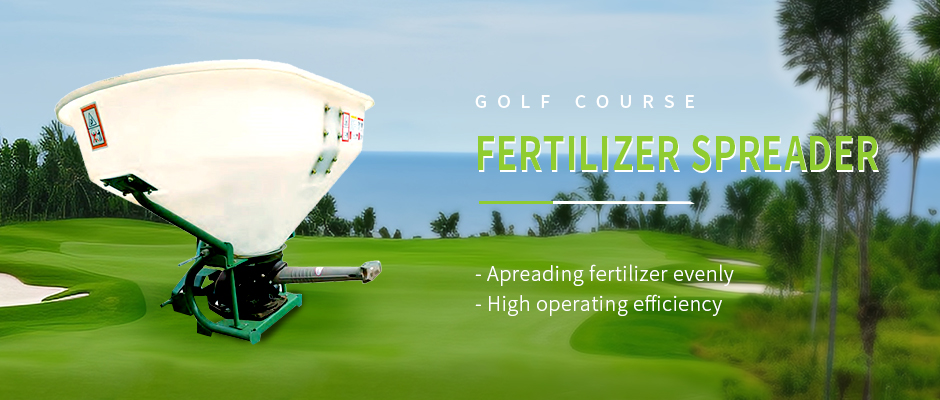In summer, turfgrass growth weakens due to high temperature stress, and cool-season lawns also enter a thermal dormancy period. At the same time, various diseases, insect pests, and weeds reach their peak period. If not managed properly, it can easily lead to the death or degradation of large areas of turfgrass. How to maintain and manage your lawn smoothly through the summer?
Water correctly
Water is the key to determining the growth of the lawn. Although there is a lot of rain in summer, the rainfall is uneven. Coupled with the high temperature and rapid evaporation, the soil is prone to drought. Timely replenishment of water is required to ensure the normal growth of the lawn, but the watering time must be grasped. and watering amount to avoid lawn diseases caused by overwatering.
1. Watering time
Summers are hot and humid, and diseases occur frequently. Watering should be done in the morning and avoid watering at night to prevent bacterial infection. Do not water at high temperatures at noon, as this can easily cause lawn burns that are difficult to remedy.
2. Watering amount
The lawn should be watered evenly and consistently, and sprinkler irrigation is ideal. Avoid excessive local watering, which can easily cause lawn root diseases. Control the amount of watering and avoid stagnant water on the surface. Pythium wilt will spread the bacteria to healthy lawns with the flow of water.
Reasonable pruning
Lawn mowing in summer can increase ventilation and light transmittance, allowing it to adapt to the hot environment, but mowing should not be too low. Low mowing in summer will weaken the growth of the lawn and allow diseases to take advantage of it. During summer pruning, the lawn grass height should be increased by 1 to 2 cm (6 cm is more suitable), which can not only protect the lawn from high temperature damage, but also improve the lawn’s disease resistance.
The lawn should be mowing no more than 1/3 of the total height at a time, and grass clippings should be removed promptly after mowing to avoid bacterial infection. When a lawn becomes infected, mow the lawn in the affected area last.
Cool-season lawns are not resistant to high temperatures. After entering the thermal dormancy period, the lawn grows slowly. The number of prunings should be relatively reduced. The pruning frequency should be once every 2 to 3 weeks. The stubble height should be relatively increased to enhance the resistance of the turfgrass to adverse environments. .
In addition, lawn mowers should be kept sharp to prevent lacerations to the lawn grass. Change the direction of mowing frequently to prevent stems and leaves from growing obliquely in the direction of mowing, causing layer marks and affecting quality; mow the grass in a sunny or dry environment to reduce the chance of the spread of germs; when mowing the lawn when diseases occur, use the blade of the lawnmower Carry out disinfection to prevent the spread of diseases.
Scientific fertilization
As summer enters, use high-nitrogen fertilizers with caution, as most lawn diseases are related to excessive application of nitrogen fertilizers. Applying a large amount of nitrogen fertilizer will make the lawn grow and make the plants tender and juicy, which is conducive to the invasion of pathogenic bacteria. When the growth of the lawn weakens in summer, a large amount of elemental water-soluble fertilizer can be sprayed on the leaves to ensure the lawn’s demand for fertilizer, improve the disease resistance of the lawn grass, and avoid the risk of lawn disease susceptibility caused by the application of chemical fertilizers.
Prevention and control of pests and diseases
The high temperature and high humidity in summer can easily lead to a wide range of lawn diseases, such as serious brown spot, Pythium wilt, coin spot, summer spot, etc. At the same time, June to September is also the period of high incidence of lawn insect pests. Leaf-eating pests such as Spodoptera litura, armyworms, and caterpillars eat lawn leaves; underground pests such as grubs and cutworms eat lawn rhizomes, causing the lawn to wither and die.
Post time: Jun-07-2024

